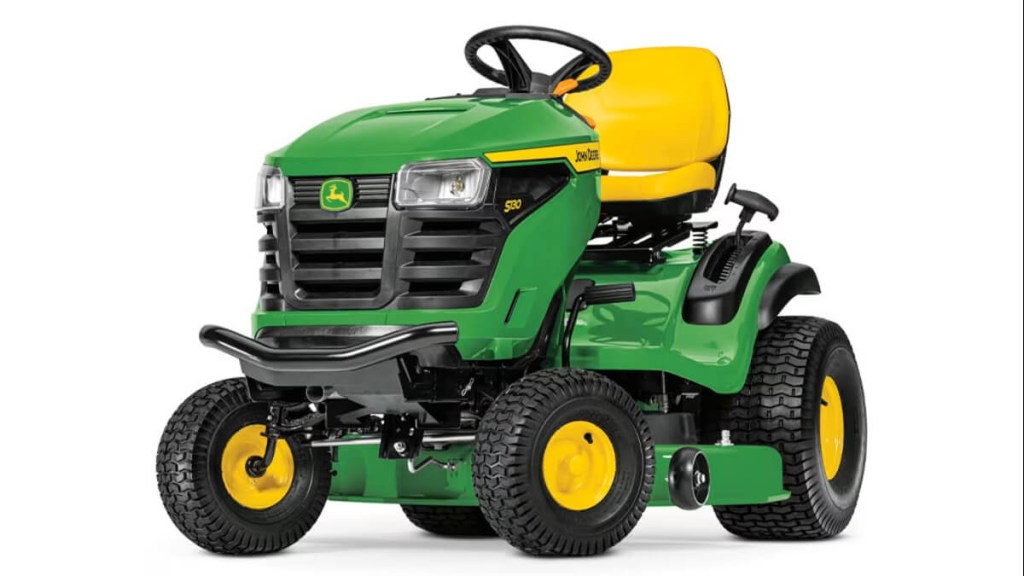
Is a Hydrostatic Transmission Important for Riding Lawn Mowers?
A hydrostatic transmission is a feature that many newer gas-powered lawn mowers pack as standard equipment. Still, what is a hydrostatic transmission in a riding lawn mower? Also, is it necessary to tackle your grass, or can you go with a different gear drive, like a manual or automatic transmission application?
What is a hydrostatic transmission for a lawn mower?
A hydrostatic transmission operates by using a pump and fluid to drive internal pistons. The pistons then power hydrostatic motors, which turn the wheels and create propulsion.

A hydrostatic unit differs from a manual or automatic gear drive system in lawn mowers. In a manual gear drive application, operators must use a clutch to get started and control ground speed with different gears. According to Murrary, simple automatic gear drive mowers use forward and reverse gears in the transmission with a foot pedal. However, with hydrostatic transmission, easily-controlled foot inputs control movement without the need for manual shifting or a clutch pedal.
What is the advantage of a hydrostatic transmission?
The No. 1 advantage of a hydrostatic transmission on a lawn mower is easily-controlled variable speed control. The hydrostatic unit allows for a more comprehensive selection of speeds. Moreover, operators will likely notice a gradual build in ground speed rather than abrupt or limited gains.
Additionally, riding lawn mowers with a hydrostatic drive are much easier to operate than an old-school manual gear drive application, per Evergreen Seeds. A manual mower, not unlike a manual-equipped car, has a clutch and individual gears for an operator to select. As a result, operator error could result in damage or poor cutting results.

However, riding lawn mowers with hydrostatic transmissions tend to be more expensive than automatic or manual mowers. In some cases, like with the mow-in-reverse John Deere S130, a riding mower with the smooth-operating fluid drive system will cost $2,500 or more for a model with a 42-inch cutting deck.
Do hydrostatic transmissions need fluid?
Fortunately, most lawn mowers won’t require an owner to replace hydrostatic fluid. However, owners should refer to their owner’s manuals for maintenance information to avoid making a mistake or damaging their mower.

Do you need a hydrostatic transmission for your lawn mower?
While hydrostatic riding lawn mowers could make mowing medium to large lawns much easier, they’re not a requirement. Older or more affordable mowers with automatic or manual applications also cut grass, albeit without the simple speed control and ease of operation.



